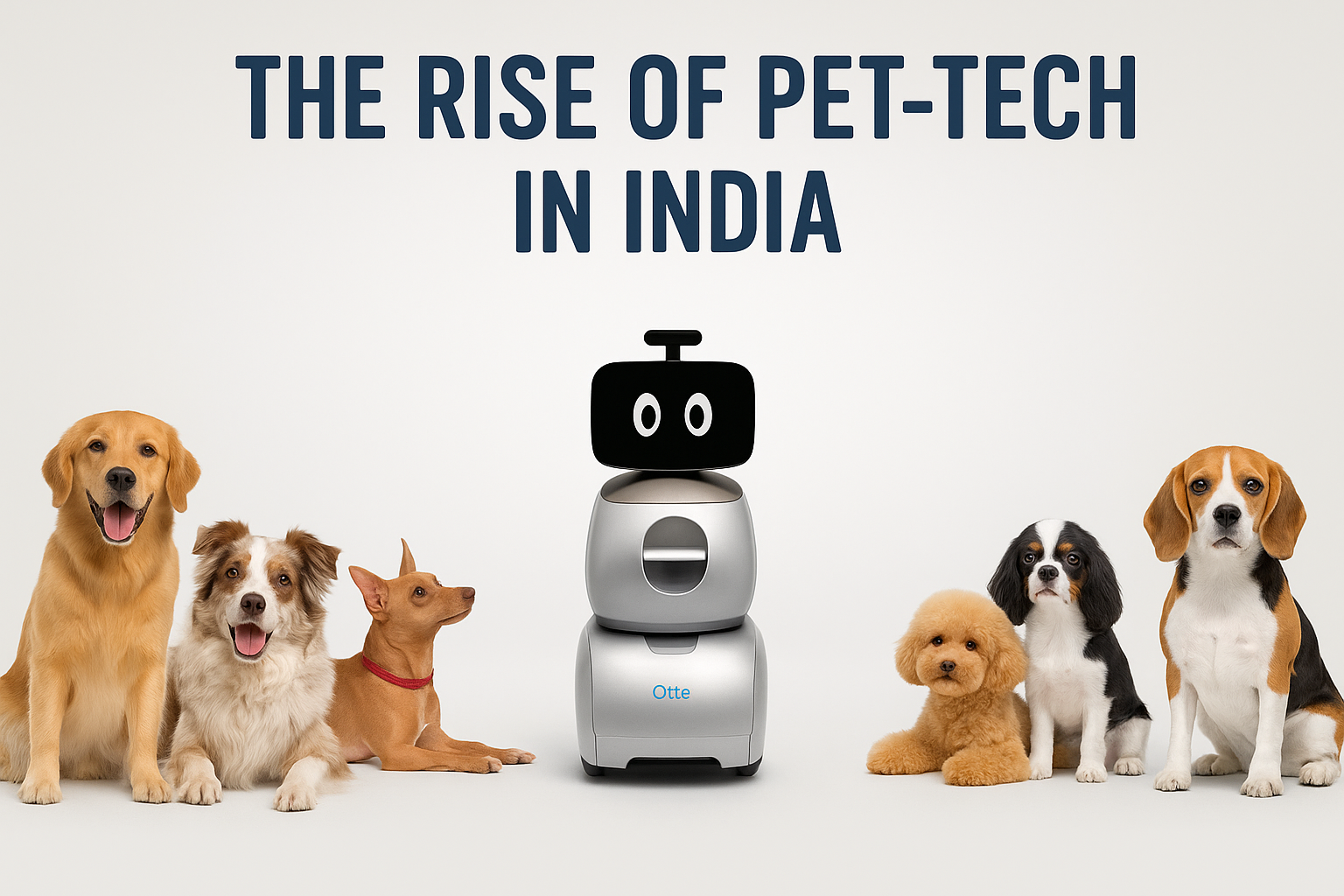Pets are family. They share our lives, our routines, and often our emotions. But unlike humans, pets can’t say “I’m hurting.” That’s why recognizing pain in your pet whether it’s a dog, cat, rabbit, or bird—is one of the most important responsibilities a pet owner holds.
Pain in pets can be subtle, misunderstood, or mistaken for behavioural changes. Learning to read these signs early can make a world of difference not just in their comfort, but in their recovery and long-term health. Hashtag Magazine tells you how to understand the signs.
Why Pets Hide Their Pain
In the wild, animals that show signs of weakness become targets. This evolutionary instinct persists even in domesticated pets. Dogs may wag their tails and cats may purr even when they’re in pain—it’s their way of coping or appearing strong.
Understanding this natural behaviour is key: don’t wait for obvious signs like limping or crying out. Many indicators of pain are quiet and easily missed.
Key Signs That Your Pet Might Be in Pain
1. Changes in Behaviour
- Withdrawal or hiding: Your once sociable cat suddenly avoids people or hides in unusual places.
- Aggression or irritability: Even the gentlest dog may growl or snap when touched if it’s in pain.
- Loss of interest: Ignoring toys, affection, or social interaction can be a red flag.
2. Altered Eating or Drinking Habits
- Reluctance to eat could indicate dental pain, nausea, or internal discomfort.
- Excessive drinking or loss of thirst can also be signs of systemic issues like kidney disease.
3. Vocalisation
- Whining, howling, yowling, or unusual purring (in cats) may indicate distress.
- Birds may stop chirping or make distressed calls.
4. Changes in Posture and Movement
- Limping, stiffness, or favouring one leg.
- Hunched posture, arching the back, or difficulty standing up.
- Reluctance to climb stairs or jump onto furniture.
- Shaking, trembling, or excessive panting when not hot or tired.
5. Changes in Grooming Habits
- Over-grooming or licking a specific area may point to localised pain or irritation.
- Cats in pain may stop grooming altogether, leading to a scruffy appearance.
6. Changes in Bathroom Habits
- Accidents inside the house or changes in urination/defecation frequency.
- Straining, whining during elimination, or blood in urine/stool.
7. Facial Expressions and Eye Changes
- Dogs and cats in pain often have “pain faces”: squinting eyes, furrowed brows, or droopy ears.
- Glazed, unfocused, or dilated eyes can signal discomfort.
- Avoidance of light or pawing at the face may point to ocular or head pain.
Species-Specific Pain Clues
Dogs
- Often more expressive.
- May lick wounds obsessively.
- Limping, tail-tucking, or excessive yawning can be pain-related.
Cats
- Masters at hiding discomfort.
- Subtle clues like reduced jumping, hiding, or litter box avoidance.
- A stiff or crouched walking style often indicates arthritis or abdominal pain.
Rabbits, Guinea Pigs, and Small Mammals
- Stop eating or show “tooth grinding” (a sign of severe pain).
- Sit hunched and still for long periods.
- Unusual aggression or total silence can be a warning.
Birds
- Fluffing up feathers, standing on one leg constantly, or lack of vocalization.
- Rapid breathing or tail-bobbing.
- Changes in perch usage or wing drooping.
When to See a Vet
If you suspect your pet is in pain, don’t wait. Call your vet for a physical exam and diagnostic tests. Early intervention can prevent a minor issue from becoming a major one.
Seek immediate care if you notice:
- Bleeding, broken limbs, or visible wounds.
- Difficulty breathing.
- Collapse or seizures.
- Continuous vomiting or diarrhoea.
- Refusal to eat or drink for more than 24 hours.
Managing Pain: What NOT to Do
- Do not give human painkillers (like ibuprofen or paracetamol). These can be fatal to pets.
- Don’t self-diagnose. Pain may be a symptom of many different issues, from injuries and arthritis to infections and cancers.
- Don’t ignore behavioral shifts thinking they’re just “getting old.” Age should never mean suffering in silence.
Tips to Monitor Your Pet’s Comfort at Home
- Create a Pain Journal: Track symptoms like limping, appetite, and activity.
- Adjust the Environment: Use ramps for older pets, soft bedding, or easy-access litter boxes.
- Give Gentle Attention: Massage, warm compresses, and a quiet space can comfort them.
- Regular Vet Visits: Especially for senior pets, preventive care helps manage chronic conditions like arthritis or dental pain.
Your Intuition Matters
Pet parents often have an intuitive sense when “something’s not right.” Trust that. If your dog isn’t excited to greet you or your cat suddenly stops sleeping on your bed, don’t dismiss it. Pain in pets is real, and it’s manageable with awareness, compassion, and professional care.

































